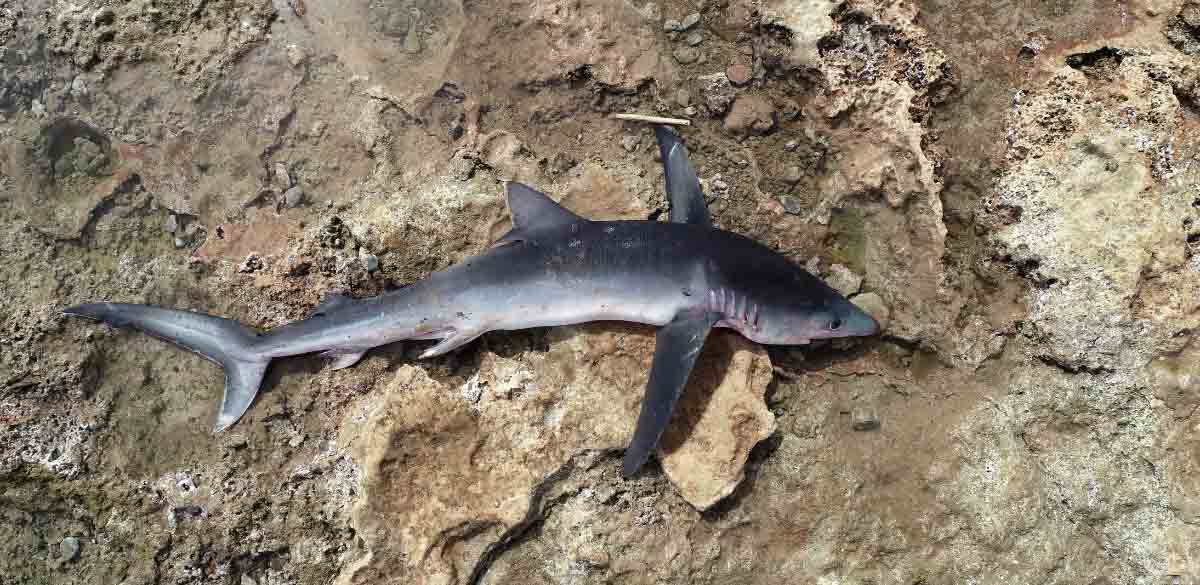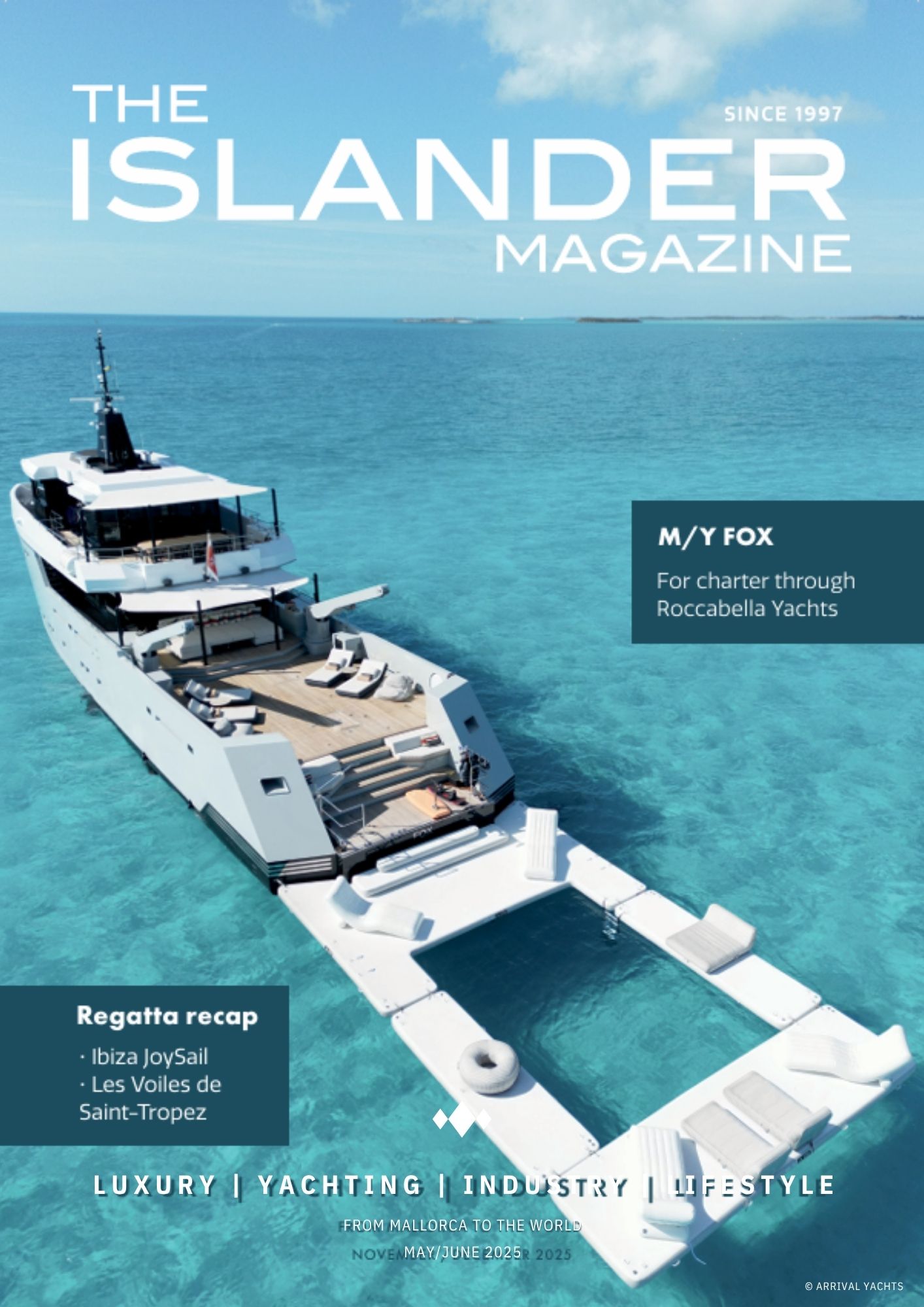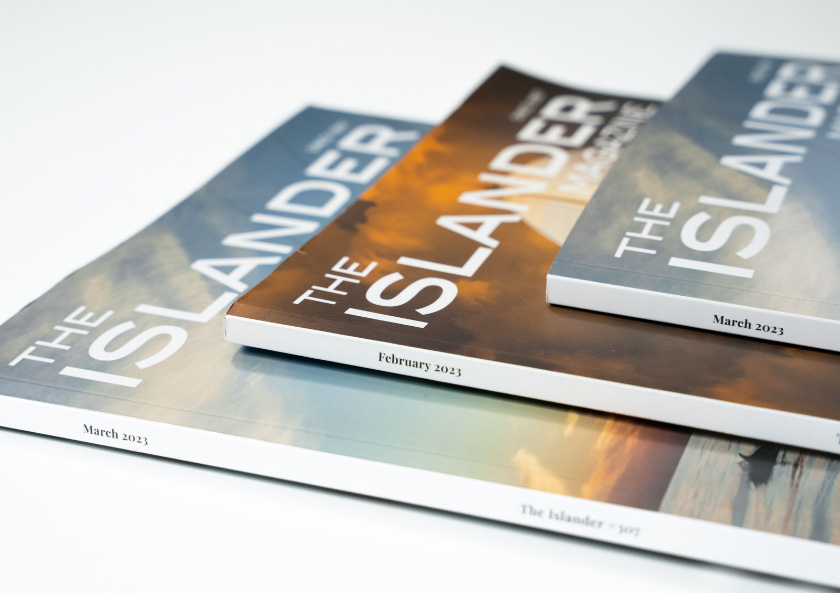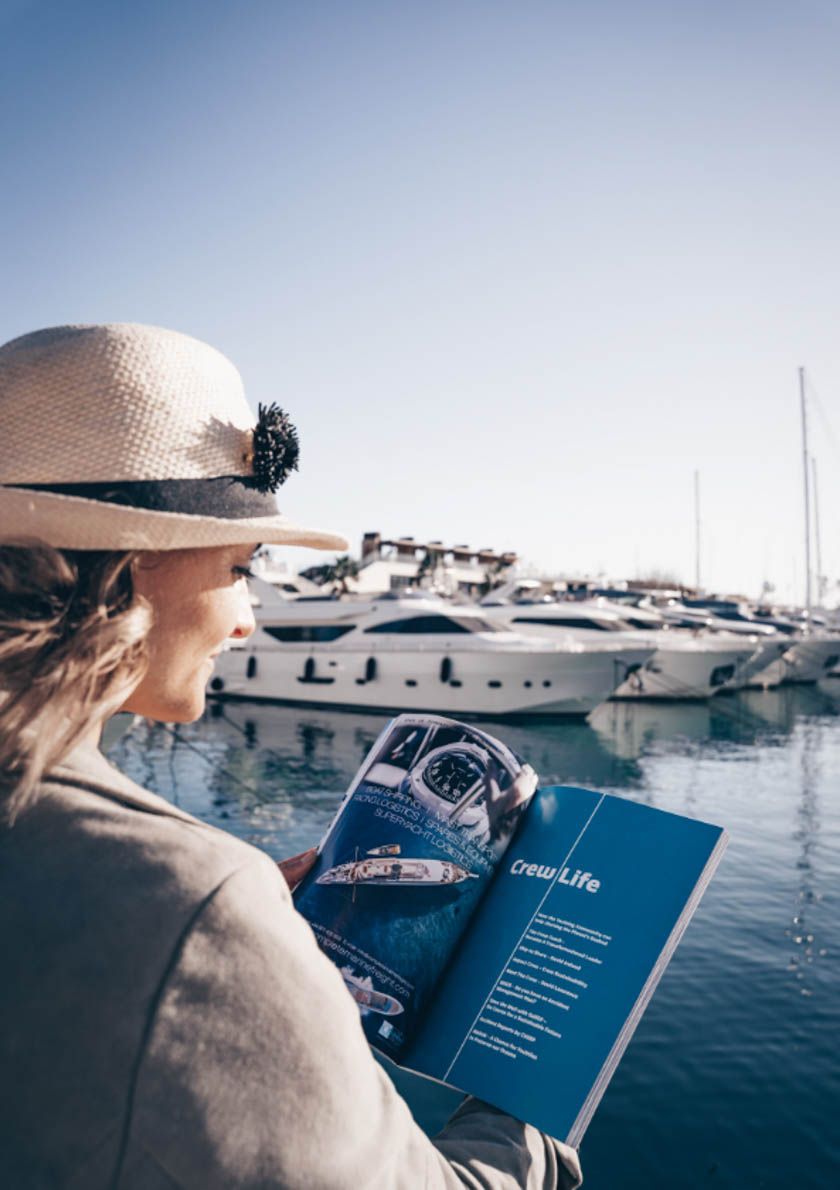What should we fear more?
A sea with sharks or a sea without them?
As we grow from child to adult, most of us experience different fears. Fear of darkness,heights and sharks are a few that will have brought trepidation to many of us. Most people don’t admit to being scared of the dark, or anxious about heights, because of the teasing that may ensue. A fear of sharks is often much easier to admit – despite the fact that statistically, the chances of being killed by a shark are one in 3.75 million . There are definitely some shark species that can be very dangerous to humans and have caused unprovoked, fatal attacks. These events are highly traumatic for anyone involved, and much caution, knowledge and respect is always required before deciding to enter waters inhabited by potentially dangerous shark species. However, these tragic occurrences are extremely rare. According to the Florida Museum of Natural History International Shark Attack File , sharks cause on average six unprovoked fatalities per year globally . In comparison, falls cause an estimated 684,000 deaths per year. That’s 1874 fatal accidents each day. Statistically, even selfies cause more deaths than sharks, with an average of 27 fatal accidents per year registered between 2008-2017 .
The big majority of shark species do not pose a danger to humans, yet sadly, they have all received the same bad reputation. A reputation which is often used to justify the killing of millions of sharks each year, in complete disregard of the crucial role that sharks have in nature – a role that we all depend on. Sharks are crucial for maintaining healthy and biodiverse ecosystems – ecosystems which are key for our own survival. Sharks help keep the carbon cycle in motion and contribute to storing carbon in the sea throughout their life span – a crucial part of the cycle of life at sea and on land. By fishing around 100 million sharks each year humans disrupt this process and increase the carbon levels on land and in the atmosphere.
- Sharks contribute to food sovereignty. Being Apex predators, sharks keep the food web well balanced and ensure the ‘survival of the fittest’ animals, thus maintaining healthy and biodiverse animal populations – something that all fish-eating species depend on, including sea birds and, of course, humans.
- The presence of sharks boosts coastal local economies directly and indirectly: Through shark diving and ecotourism, a living shark can be worth 5,000 times more than a dead one. Indirectly, many other business sectors reap the fruits of healthy and biodiverse marine ecosystems that sharks regulate, including the yachting industry.
With all this in mind, a sea void of sharks is much more dangerous than a sea filled with sharks. Today, most shark species are declining in alarming rates worldwide. A 2021 study found that more than 30% of chondrichthyan fishes (sharks, ray and chimaeras) are threatened with extinction, according to International Union for Conservation of Nature (IUCN) Red List criteria . This is twice the amount compared to an assessment done only a few years earlier, in 2014.
A decline in shark populations inevitably results in a cascade of negative effects onecosystems at sea and on land, something which has already been observed in many places worldwide. Restoring declined populations is no easy task. Most sharks grow slowly and live long, reproduce later in life and give birth to only a few pups compared to other fish. This makes them highly vulnerable to overfishing and means that they recover very slowly from a population decline. Despite these challenges, it is crucial that we try to save them. In Mallorca 11 organisations have come together to do exactly this. Coming together to help save sharks in the Med
Of the more than 500 shark species known worldwide, only 47 are known to reside in the Mediterranean Sea. Overfishing and bycatch has led to a drastic decline in their populations. The blue shark, for example, is listed as ‘Near Threatened’ globally but ‘Critically Endangered’ in the Mediterranean on the International Union for Conservation of Nature (IUCN) Red List.
In Mallorca, 11 organisations are working together to implement a new species conservation project which aims to restore the Balearic population of the Nursehound shark (Scyliorhinus stellaris). This long-term project aims to help this small, bottom- dwelling shark by breeding Nursehound sharks in a controlled, artificial environment and then releasing the offspring into the wild. The participation of professional fishermen is essential for the success of the project; the ultimate objective is to replicate this initiative to protect other threatened shark species.
In the Mediterranean, the Nursehound is listed as ‘Near Threatened’ on the IUCN Red List, but within the Balearic Islands it is assessed as ‘Endangered’, with their decline mostly related to by-catch and overfishing. Habitat destruction by bottom trawlers has also affected the species.
As part of the project, local fishermen have donated a few adult Nursehound sharks to the animal rescue centre run by Palma Aquarium Foundation. The females laid eggs and shark scientists from collaborating organisations closely monitored them during incubation.
Remote cameras were set up to capture the moment the sharks hatched. The new-bornpups were cared for and monitored in the aquarium for around a year and a half to enable them to safely grow into sub adults, in hopes of increasing their chance of survival once released.
Before their release, scientists mapped and identified ideal release sites in local marine reserves using advanced camera equipment for filming at depth. The sharks were fitted with a small self-locking tag on their dorsal fin to aid identification if later recaptured. Some of the sharks also had an ultrasonic transmitter inserted into their belly, enabling scientists to map their movements. A cage which allowed for the door to be opened once it had reached the bottom was built. After several tests conducted in the shark tank at the Palma Aquarium, the sharks were ready to be released into the wild. The decision was made to release them on the sea floor, rather than the surface, to increase their chances of survival and make it easier for them to find the right habitat. Nursehounds like to stay close to the sea bed in rocky areas with lots of algae so they can find shelter and a variety of prey. They can be found as deep as 400 metres. They hunt at night, feeding on cephalopods such as cuttlefish and octopus, crustaceans including crabs and large shrimps, as well as smaller fish and even other sharks. The first 23 sharks were released this spring in the protected areas around Cabrera and El Toro. The release went very smoothly and was filmed using remote cameras, enabling the team to watch the sharks as they left the cage and headed out into the blue. More sharks are due to be released soon in other marine reserves.
The success of this project has undoubtably been thanks to the collaboration between so many organisations, all adding their own expertise and support to help give the little Nursehound shark a fighting chance in a rapidly changing sea. The involved organisations include Mallorca Preservation Foundation, Marilles Foundation, Palma Aquarium Foundation, Save The Med Foundation, Shark Med, the Ministry of Environment of the Balearic Islands Regional Government, the Ministry of Fisheries of the Balearic Islands Regional Government, the Laboratory of Marine Research and Aquaculture (LIMIA), Small Islands of the Mediterranean (PIM Initiative) and local fishermen from Federació Balear de Confraries de Pescadors. Like most sharks, the Nursehound is not a threat to humans. If you’re ever in depths over 20 metres, keep a lookout for this small bottom-dwelling fish which is covered in black spots – they are a rare sight!



























0 Comments